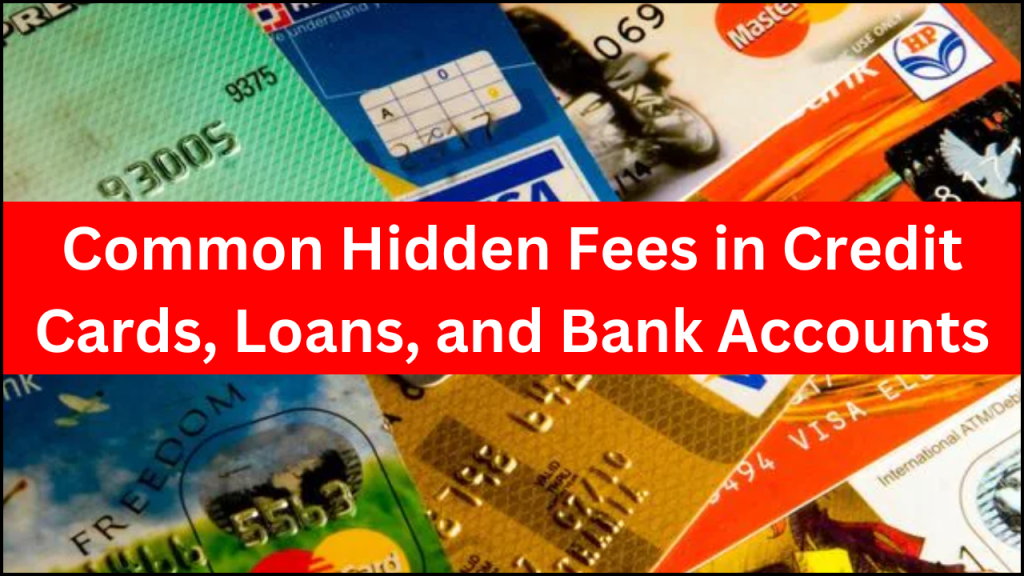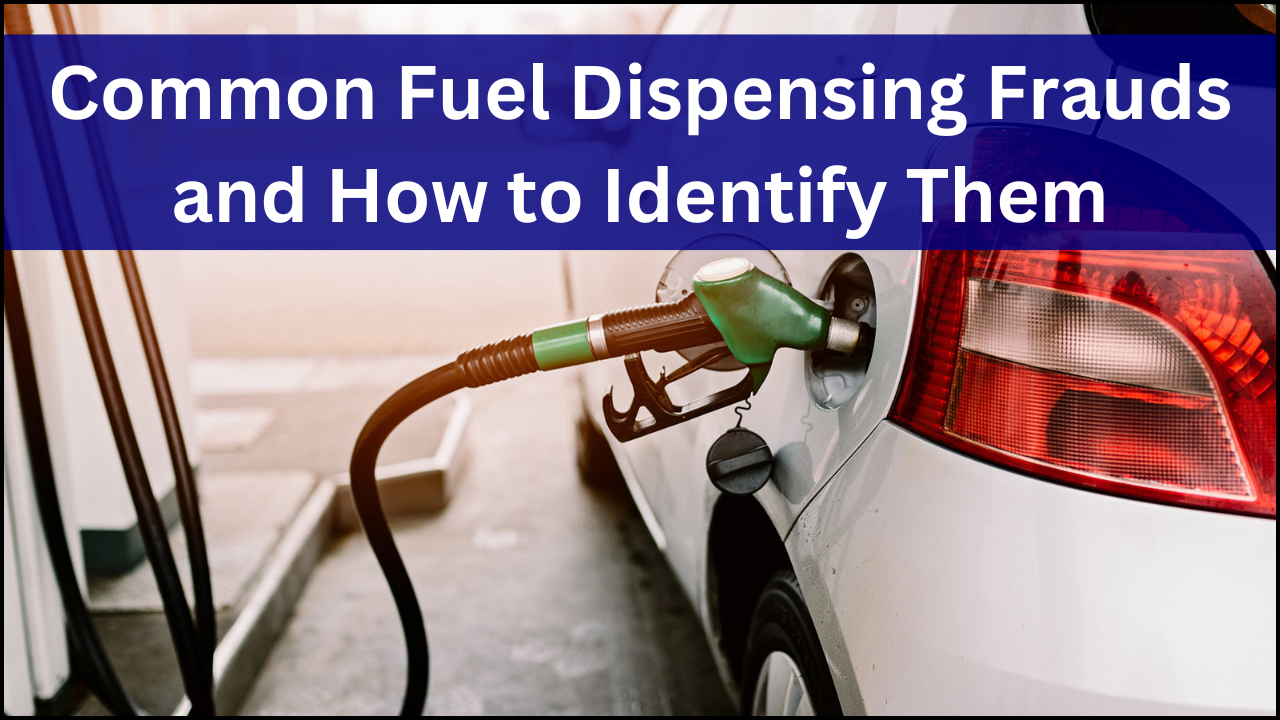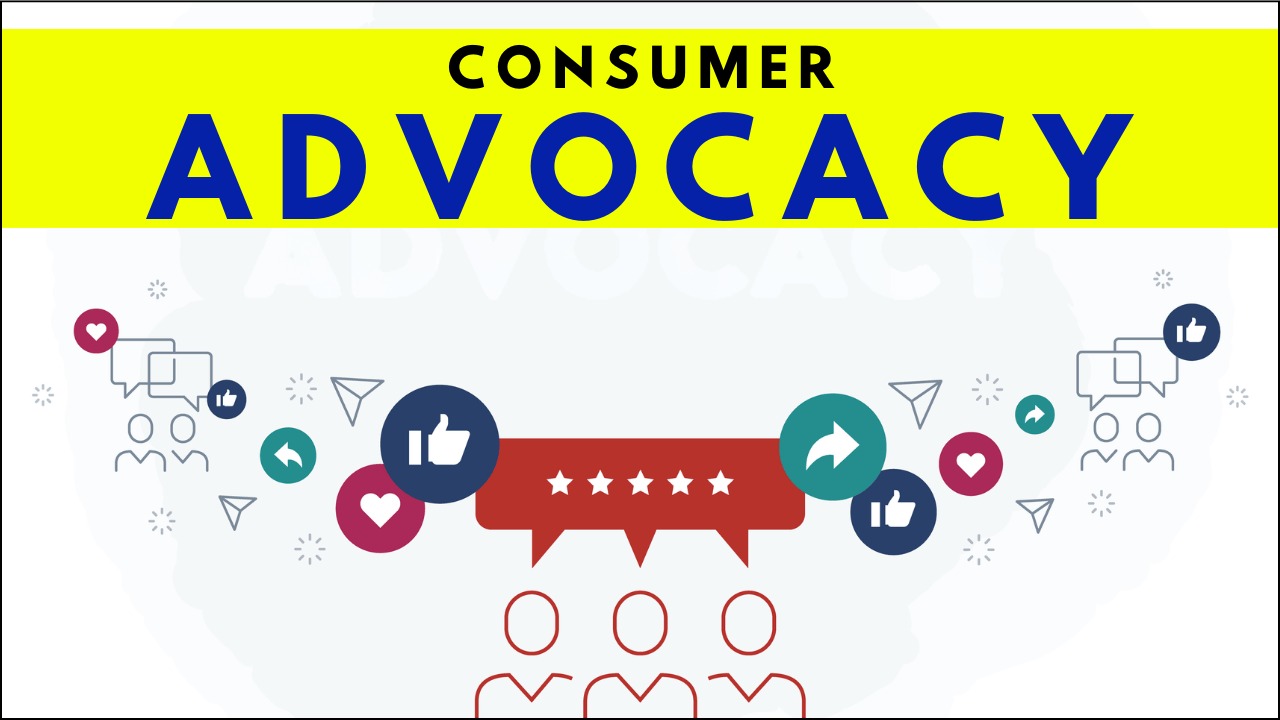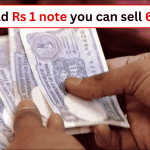
Financial institutions offer a range of services, but many of them come with hidden fees that consumers may not always be aware of. These fees can quietly drain money from your account, making financial products more expensive than they initially appear. Understanding these charges is essential to managing your finances wisely. Below, we explore some of the most common hidden fees associated with credit cards, loans, and bank accounts, along with tips to avoid them.
Hidden Fees in Credit Cards
Credit cards are convenient, but they often come with several fees that can add up quickly. Here are some hidden charges to look out for:
- Annual Fees– Some credit cards charge an annual fee simply for the privilege of having the card. While some premium cards with rewards or travel benefits justify these fees, others may charge them without offering significant perks.
- How to Avoid It: Look for credit cards with no annual fees or negotiate with your provider to waive the fee, especially if you are a long-time customer.
- Foreign Transaction Fees– Using your credit card abroad or making online purchases in foreign currency can lead to foreign transaction fees, usually around 2-3% of the purchase amount.
- How to Avoid It: Choose a credit card that offers zero foreign transaction fees if you frequently travel or shop internationally.
- Late Payment Fees– Missing a credit card payment can lead to a late payment fee, which can be quite high. This also affects your credit score.
- How to Avoid It: Set up automatic payments or reminders to ensure you never miss a due date.
- Over-the-Limit Fees– If you exceed your credit limit, some issuers charge an over-the-limit fee. While some cards automatically decline transactions that go over the limit, others may approve them and charge a penalty.
- How to Avoid It: Regularly monitor your spending and request a credit limit increase if needed.
- Cash Advance Fees– Withdrawing cash using your credit card often comes with high fees, typically around 3-5% of the withdrawn amount, along with immediate interest charges.
- How to Avoid It: Use a debit card or emergency fund instead of relying on credit card cash advances.
Hidden Fees in Loans
Loans, whether personal, auto, or mortgage, come with various hidden charges that borrowers should be aware of.
- Origination Fees– Lenders charge origination fees to cover processing costs. These fees are usually a percentage of the loan amount and can significantly increase the total repayment cost.
- How to Avoid It: Compare lenders and opt for those that do not charge origination fees or offer lower rates.
- Prepayment Penalties– Some lenders charge a penalty if you pay off your loan early because they lose out on future interest payments.
- How to Avoid It: Read the loan terms carefully and choose a lender that does not impose prepayment penalties.
- Late Payment Fees– Missing a loan payment results in a late fee, which varies by lender but can be substantial.
- How to Avoid It: Set up automatic payments or reminders to stay on track with due dates.
- Payment Processing Fees– Some lenders charge extra if you make a loan payment through specific methods like debit card payments or over-the-phone transactions.
- How to Avoid It: Use free payment methods such as direct bank transfers or online bill payments.
- Insurance Fees– Lenders may add insurance products to your loan, such as credit insurance, which increases your monthly payments.
- How to Avoid It: Check if the insurance is optional and decline unnecessary coverage.
Hidden Fees in Bank Accounts
Bank accounts, whether checking or savings, often include fees that may go unnoticed until they start affecting your balance.
- Monthly Maintenance Fees– Some banks charge a monthly fee for account maintenance, often ranging from $5 to $25, unless you meet certain conditions like maintaining a minimum balance or setting up direct deposits.
- How to Avoid It: Choose a bank with no maintenance fees or ensure you meet the conditions to waive the fee.
- ATM Fees– Using an out-of-network ATM can result in fees from both your bank and the ATM provider, adding up to $5 or more per transaction.
- How to Avoid It: Use ATMs within your bank’s network or opt for a bank that reimburses ATM fees.
- Overdraft Fees– If you spend more than your account balance, the bank may cover the transaction but charge an overdraft fee, which can be as high as $35 per occurrence.
- How to Avoid It: Sign up for overdraft protection or link your checking account to a savings account to cover shortfalls.
- Excess Withdrawal Fees– Some savings accounts limit the number of withdrawals you can make each month. Exceeding this limit results in additional fees.
- How to Avoid It: Be mindful of withdrawal limits and consolidate transactions to avoid extra charges.
- Inactivity Fees– If you do not use your bank account for a certain period, some banks charge an inactivity fee, gradually depleting your funds.
- How to Avoid It: Keep your account active by making small transactions periodically.













The punchline should be the last possible word — pluscomedy.com